Fuel prices seem to be on a never-ending climb, and for many drivers, filling up the tank has become a major expense. Whether you are commuting to work, running errands, or planning a road trip, fuel costs can quickly add up. But here’s the good news: there are simple ways to make every drop of fuel count. By adopting smarter driving habits and maintaining your car properly, you can save money and reduce your environmental impact.
According to reports, fuel consumption is influenced by factors like driving style, vehicle maintenance, and even the weight of your car. For instance, underinflated tires can reduce fuel efficiency by up to 10%, while carrying extra weight in your trunk can increase fuel consumption by 2% for every 50 kilograms. Additionally, aggressive driving—like sudden braking and rapid acceleration—can burn through fuel faster than you might think. These small changes in behavior and upkeep can make a big difference in your fuel savings. Let’s dive into some practical tips to help you maximize your fuel efficiency.
Keep Your Tires Properly Inflated
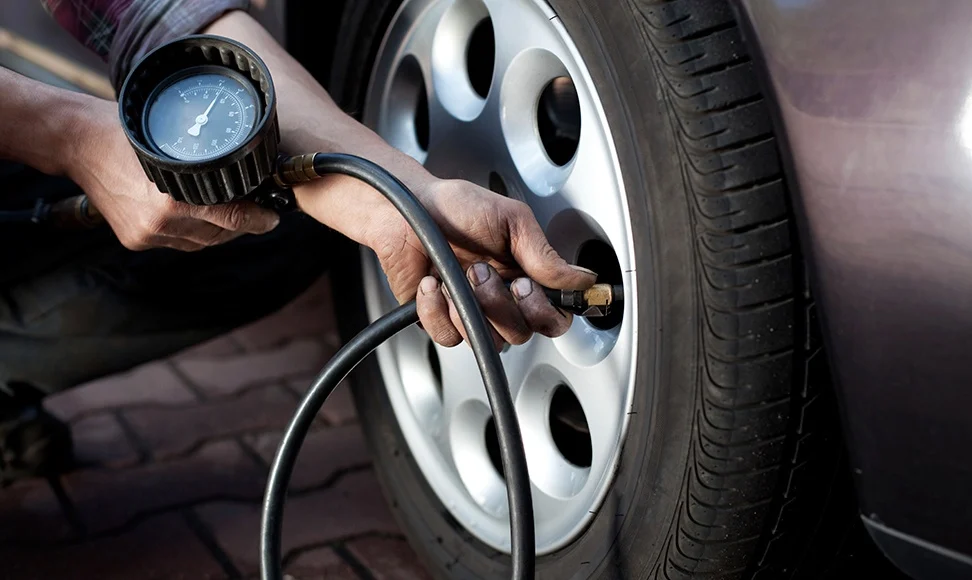
Underinflated tires create more rolling resistance, which means your car has to work harder and use more fuel. Check your tire pressure regularly and keep it at the recommended level. Not only will this save fuel, but it will also improve your car’s handling and safety.
Lighten the Load
Every extra kilogram in your car affects fuel efficiency. Clear out unnecessary items from your trunk and back seat. That golf bag you haven’t used in months? It’s costing you fuel. Travel light to save more.
Drive Smoothly
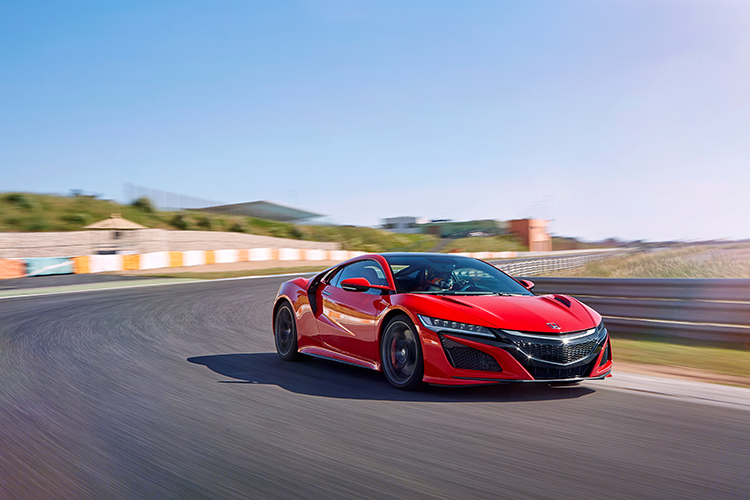
Sudden braking and rapid acceleration can waste fuel. Instead, aim for a steady driving style. Anticipate traffic lights and slow down gradually rather than stopping abruptly. Smooth driving not only saves fuel but also reduces wear and tear on your car.
Use Cruise Control
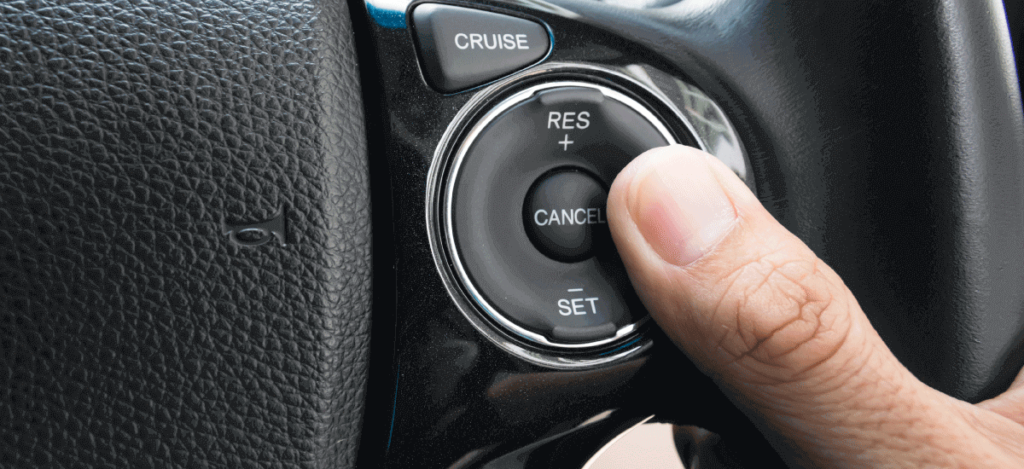
On highways, cruise control can help maintain a constant speed, which is more fuel-efficient than speeding up and slowing down repeatedly. It’s a simple way to save fuel during long drives.
Avoid Idling
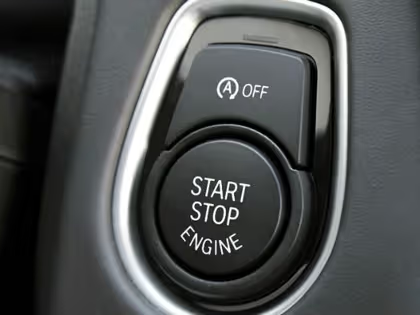
If you’re waiting for someone or stuck in traffic for more than a few minutes, turn off your engine. Idling burns fuel without getting you anywhere. Restarting your car uses less fuel than keeping it running unnecessarily.
Plan Your Routes
Stop-and-go traffic is a fuel guzzler. Plan your trips to avoid rush hours and heavy traffic whenever possible. Apps like Google Maps can help you find the quickest and most fuel-efficient routes.
Maintain Your Car
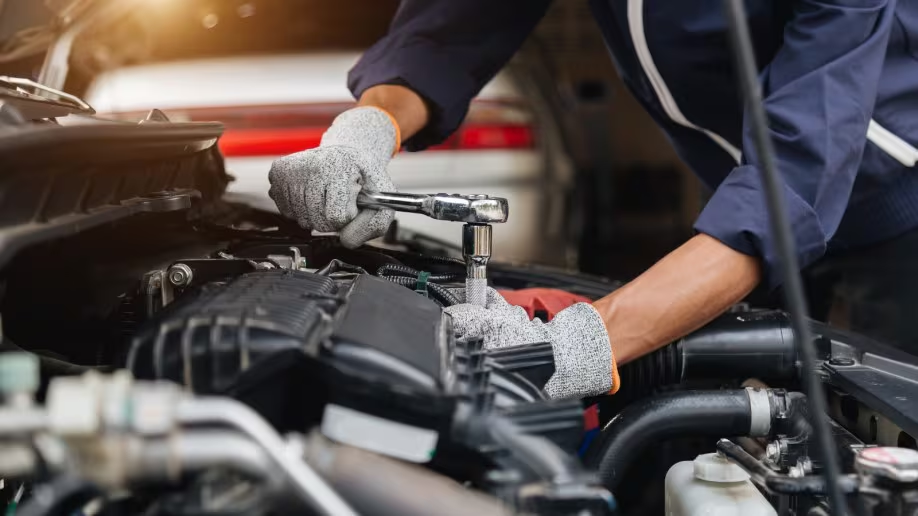
A well-maintained car runs more efficiently. Regular oil changes, air filter replacements, and engine tune-ups can improve fuel economy. Don’t forget to use high-quality motor oil for better performance.
Reduce Drag
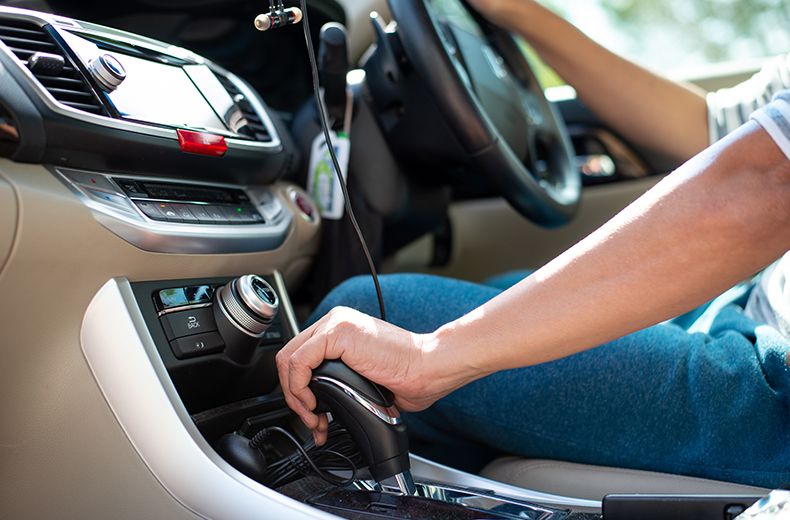
Roof racks, bike carriers, and open windows can increase wind resistance, making your car less fuel-efficient. Remove roof boxes when not in use and keep windows closed at high speeds to reduce drag.
Drive at Optimal Speeds
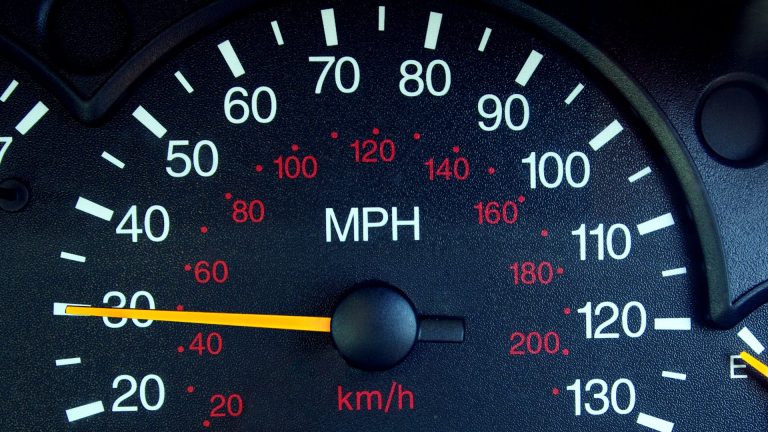
Driving too fast or too slow can hurt your fuel efficiency. On highways, aim for a steady speed between 50–90 km/h. This range is typically the sweet spot for most cars to achieve optimal fuel economy.
Use Air Conditioning Wisely
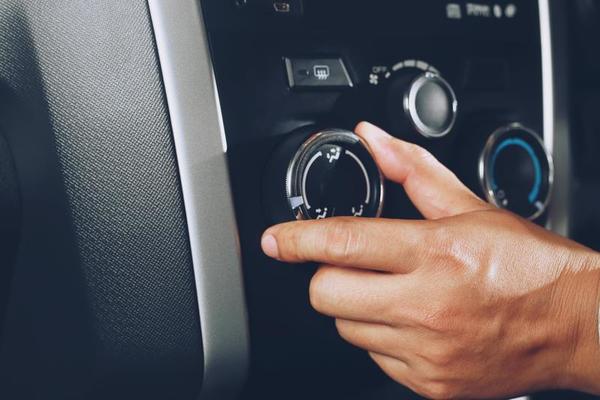
Air conditioning puts extra strain on your engine, increasing fuel consumption. Use it sparingly, and consider rolling down your windows at lower speeds. At higher speeds, however, closed windows are more fuel-efficient due to reduced drag.
Avoid Hard Accelerations
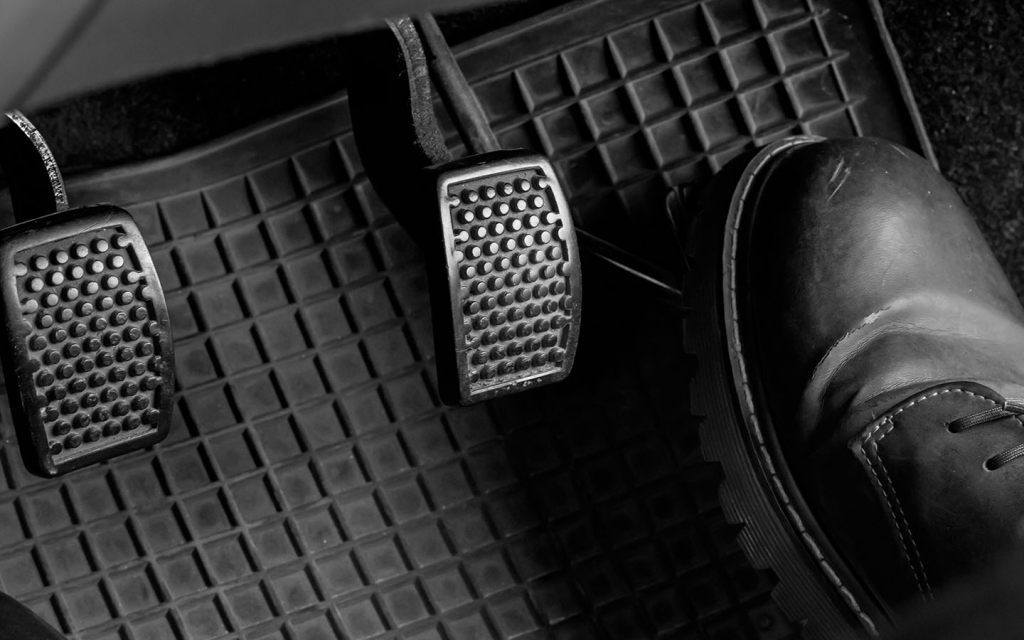
When starting from a complete stop or climbing a hill, avoid flooring the accelerator. Gradual acceleration uses less fuel and keeps your engine running smoothly.
Turn Off Unnecessary Electronics
Features like heated seats, defrost, and high-powered sound systems can drain your car’s battery, which in turn affects fuel efficiency. Use these features only when necessary.
Saving fuel doesn’t have to be complicated. By making small changes to your driving habits and taking better care of your car, you can stretch your fuel budget further and reduce your carbon footprint. These tips are easy to follow and can make a noticeable difference in your fuel savings. So, the next time you hit the road, remember: every drop counts!



